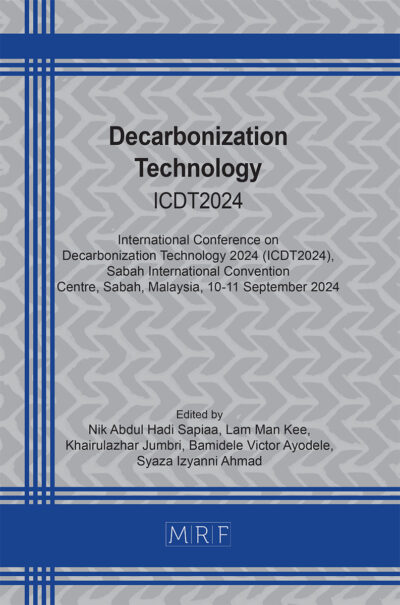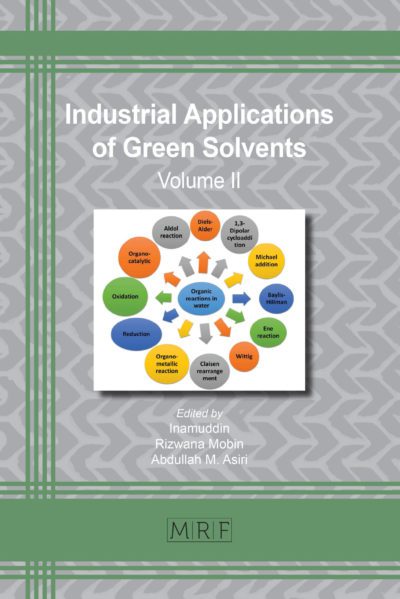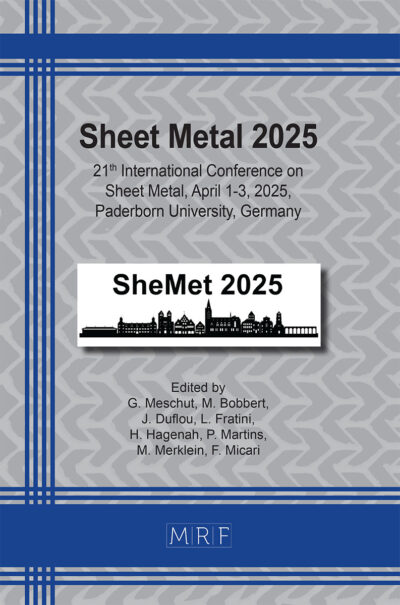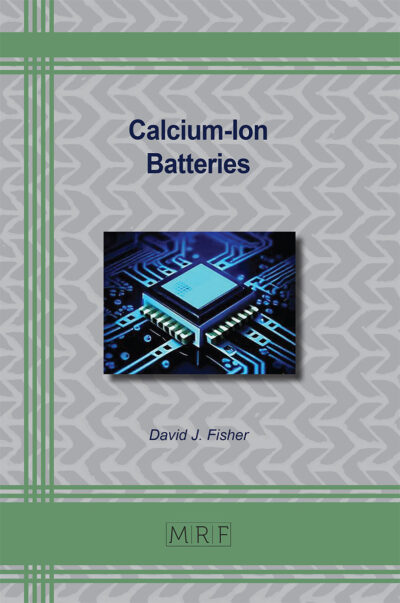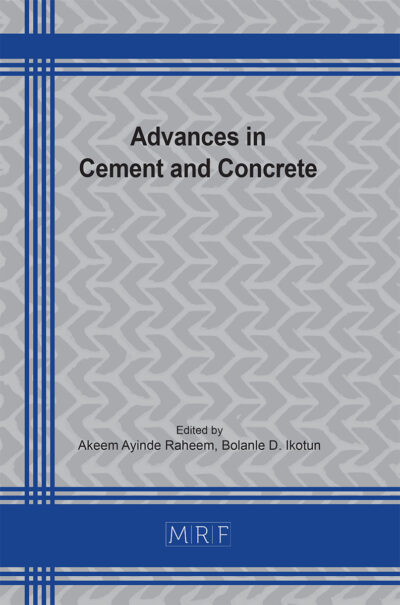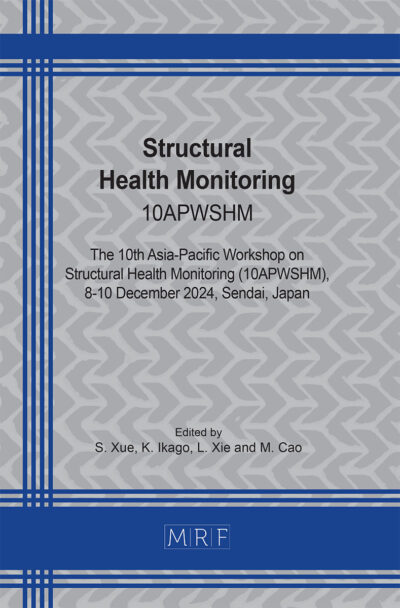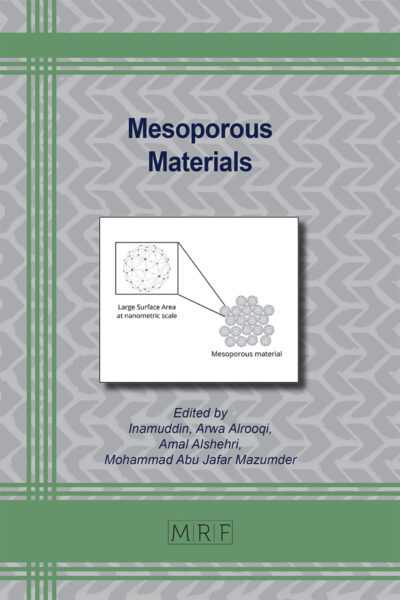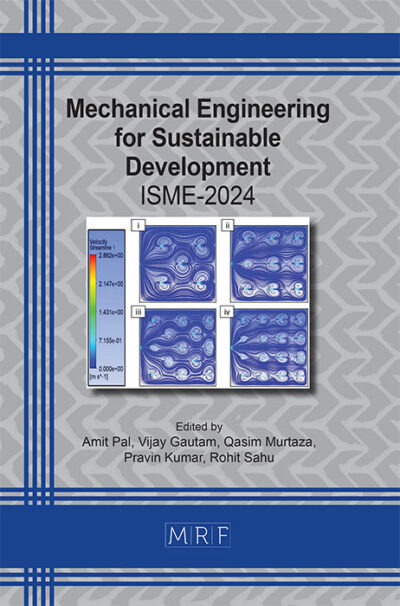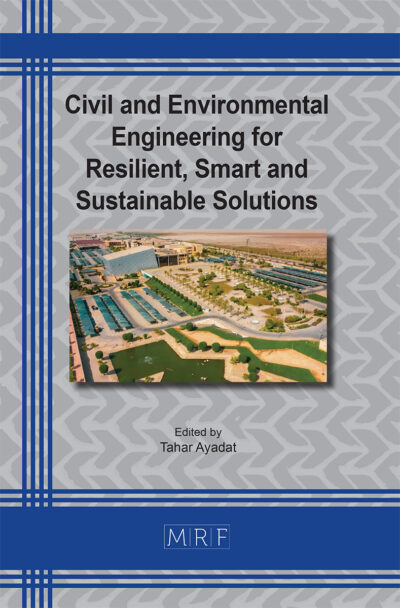Optimizing hydrogen production through steam gasification of biodiesel-derived waste glycerol: A parametric approach
KENNETH Chong Yih Haur, MUHAMMAD Ayoub
Abstract. The high dependence on fuels including biodiesel, which garnered attention as an alternative for sustainable fuel sources. Despite these benefits, biodiesel production generates glycerol as a by-product, leading to oversupply challenges and exacerbating greenhouse emissions, and this phenomenon results in an eager movement for cleaner energy transition from waste. The focus on mitigating climate change has led to global initiatives such as the transition of waste-to-hydrogen for alternative clean fuel, in achieving cleaner energy and sustainability objectives. In these studies, the utilization of excess waste glycerol for maximum hydrogen production potential through steam gasification has been emphasized, by altering the core gasification parameters. The experimental data obtained from previous experimental studies forms the basis for parametric studies by using Aspen HYSYS. To achieve optimum H2 yield, several parameters including steam-to-glycerol (S/G) ratio, temperature, and pressure were investigated and identified as key parameters influencing gas yield. Based on the simulation, the impact of the S/G ratio on hydrogen and carbon monoxide (CO) yields is explored, with an optimum ratio of 0.074 identified. Temperature studies indicate 680˚C as the optimal condition for the highest hydrogen production when (S/G) ratio is 0.5, while pressure parametric studies underscore the significance of maintaining low pressure for optimal gas yields. To maximize the overall hydrogen yield, the gasification process is optimized by setting the steam-to-biomass (S/G) ratio at 0.072 and maintaining a temperature of 800 ˚C under atmospheric conditions. This configuration results in the highest hydrogen production, reaching 0.57. Recommendations for experimental improvements are provided to align experimental and simulation data. The utilization of simulation methods enhances accuracy, and findings contribute to the broader goal of sustainable and efficient clean energy production from biomass gasification.
Keywords
Glycerol, Hydrogen Production, Parametric Studies, Steam-to-Glycerol (S/G) Ratio, Waste-to-Hydrogen
Published online 4/25/2025, 14 pages
Copyright © 2025 by the author(s)
Published under license by Materials Research Forum LLC., Millersville PA, USA
Citation: KENNETH Chong Yih Haur, MUHAMMAD Ayoub, Optimizing hydrogen production through steam gasification of biodiesel-derived waste glycerol: A parametric approach, Materials Research Proceedings, Vol. 53, pp 512-525, 2025
DOI: https://doi.org/10.21741/9781644903575-52
The article was published as article 52 of the book Decarbonization Technology
![]() Content from this work may be used under the terms of the Creative Commons Attribution 3.0 license. Any further distribution of this work must maintain attribution to the author(s) and the title of the work, journal citation and DOI.
Content from this work may be used under the terms of the Creative Commons Attribution 3.0 license. Any further distribution of this work must maintain attribution to the author(s) and the title of the work, journal citation and DOI.
References
[1] R. Zhang, G. Guo, Y. Gao, L. Wang, N. Zhang, and J. Cai, “Compared study on the bentonite supported nickel-based catalysts materials,” Materials Letters, vol. 113, pp. 146-148, 2013. https://doi.org/10.1016/j.matlet.2013.09.019
[2] B. Hare, N. Höhne, J. Gütschow, M. Schaeffer, and M. Vieweg- Mersmann, “Climate Action Tracker,” 2015.
[3] T. M. Mata, A. A. Martins, and N. S. Caetano, “Microalgae for biodiesel production and other applications: a review,” Renewable and Sustainable Energy Reviews, vol. 14, no. 1, pp. 217-232, 2010. https://doi.org/10.1016/j.rser.2009.07.020
[4] I. Dincer, “Green methods for hydrogen production,” International Journal of Hydrogen Energy, vol. 37, no. 2, pp. 1954-1971, 2012. https://doi.org/10.1016/j.ijhydene.2011.03.173
[5] D. B. Levin and R. Chahine, “Challenges for renewable hydrogen production from biomass,” International Journal of Hydrogen Energy, vol. 35, no. 10, pp. 4962-4969, 2010. https://doi.org/10.1016/j.ijhydene.2009.08.067
[6] A. Tamošiūnas, P. Valatkevičius, D. Gimžauskaitė, V. Valinčius, and M. Jeguirim, “Glycerol steam reforming for hydrogen and synthesis gas production,” International Journal of Hydrogen Energy, vol. 42, no. 17, pp. 12896-12904, 2017. https://doi.org/10.1016/j.ijhydene.2016.12.071
[7] J. Iyyappan, G. Baskar, B. Bharathiraja, and R. Saravanathamizhan, “Malic acid production from biodiesel derived crude glycerol using morphologically controlled Aspergillus niger in batch fermentation,” Bioresource Technology, vol. 269, pp. 393-399, 2018. https://doi.org/10.1016/j.biortech.2018.09.002
[8] J. Chen, S. Yan, X. Zhang, R. D. Tyagi, R. Y. Surampalli, and J. R. Valéro, “Chemical and biological conversion of crude glycerol derived from waste cooking oil to biodiesel,” Waste Management, vol. 71, pp. 164-175, 2018. https://doi.org/10.1016/j.wasman.2017.10.044
[9] L. R. Kumar, S. K. Yellapu, R. D. Tyagi, and X. Zhang, “A review on variation in crude glycerol composition, bio-valorization of crude and purified glycerol as carbon source for lipid production,” Bioresource Technology, vol. 293, p. 122155, 2019. https://doi.org/10.1016/j.biortech.2019.122155
[10] N. A. Roslan, S. Z. Abidin, A. Ideris, and D. V. N. Vo, “A review on glycerol reforming processes over Ni-based catalyst for hydrogen and syngas productions,” International Journal of Hydrogen Energy, vol. 45, no. 36, pp. 18466-18489, 2020. https://doi.org/10.1016/j.ijhydene.2019.08.211
[11] J. Lui, W. H. Chen, D. C. Tsang, and S. You, “A critical review on the principles, applications, and challenges of waste-to-hydrogen technologies,” Renewable and Sustainable Energy Reviews, vol. 134, p. 110365, 2020. https://doi.org/10.1016/j.rser.2020.110365
[12] N. H. Zamzuri, R. Mat, N. A. S. Amin, and A. Talebian-Kiakalaieh, “Hydrogen production from catalytic steam reforming of glycerol over various supported nickel catalysts,” International Journal of Hydrogen Energy, vol. 42, no. 14, pp. 9087-9098, 2017. https://doi.org/10.1016/j.ijhydene.2016.05.084
[13] S. J. Yoon, Y. M. Yun, M. W. Seo, Y. K. Kim, H. W. Ra, and J. G. Lee, “Hydrogen and syngas production from glycerol through microwave plasma gasification,” International Journal of Hydrogen Energy, vol. 38, no. 34, pp. 14559-14567, 2013. https://doi.org/10.1016/j.ijhydene.2013.09.001
[14] M. Ayoub, S. Sathiaseelan, and S. A. M. Johari, “Experimental Studies of Gasification of Glycerol for The Production of Hydrogen,” International Journal of Biomass and Renewables, vol. 12, no. 2, pp. 6-12, 2023. https://doi.org/10.61762/ijbrvol12iss2art24516
[15] M. N. Hussin, “Parametric Study for Production of Dimethyl Ether (DME) as a Fuel from Palm Wastes.”
[16] J. Soujanya, C. A. Reddy, B. Satyavathi, and T. Sankarshana, “Experimental vapour-liquid equilibrium data of the quaternary system Methanol (1) + Isopropyl alcohol (2) + Water (3) + Glycerol (4) along with Isopropyl alcohol (2) + Glycerol (4) and Isopropyl alcohol (2) + Water (3) binary data at atmospheric and sub-atmospheric pressures,” Fluid Phase Equilibria, vol. 409, pp. 327-333, 2016. https://doi.org/10.1016/j.fluid.2015.09.052
[17] B. J. Vreugdenhil, R. Zwart, and J. P. A. Neeft, “Tar formation in pyrolysis and gasification,” 2009.
[18] R. Maceiras, J. Feijoo, V. Alfonsín, L. Pérez, M. A. Álvarez-Feijoo, P. Falcón, and J. P. Vallejo, “Influence of alumina fixed bed in steam reforming of glycerol for hydrogen production,” Energy Reports, vol. 9, pp. 309-315, 2023,n doi: 10.1016/j.egyr.2023.08.092. https://doi.org/10.1016/j.egyr.2023.08.092
[19] Twigg MV. Catalyst handbook. 2nd ed. Frome, England: Wolfe Publishing Ltd.; 1989.
[20] V. Hacker and S. Mitsushima, Eds., Fuel Cells and Hydrogen: From Fundamentals to Applied Research. Elsevier, 2018.
[21] M. A. Haider and N. D. Chaturvedi, “An energy-efficient and cleaner production of hydrogen by steam reforming of glycerol using Aspen Plus,” Int. J. Hydrogen Energy, 2023, doi: 10.1016/j. ijhydene.2023.09.089.
[22] S. Adhikari, S. D. Fernando, and A. Haryanto, “Hydrogen production from glycerol: An update,” Energy Conversion and Management, vol. 50, no. 10, pp. 2600-2604, 2009. https://doi.org/10.1016/j.enconman.2009.06.011
[23] Y. Zhang, G. Zhang, B. Zhang, F. Guo, and Y. Sun, “Effects of pressure on CO2 reforming of CH4 over carbonaceous catalyst,” Chemical Engineering Journal, vol. 173, no. 2, pp. 592-597, 2011. https://doi.org/10.1016/j.cej.2011.08.008


